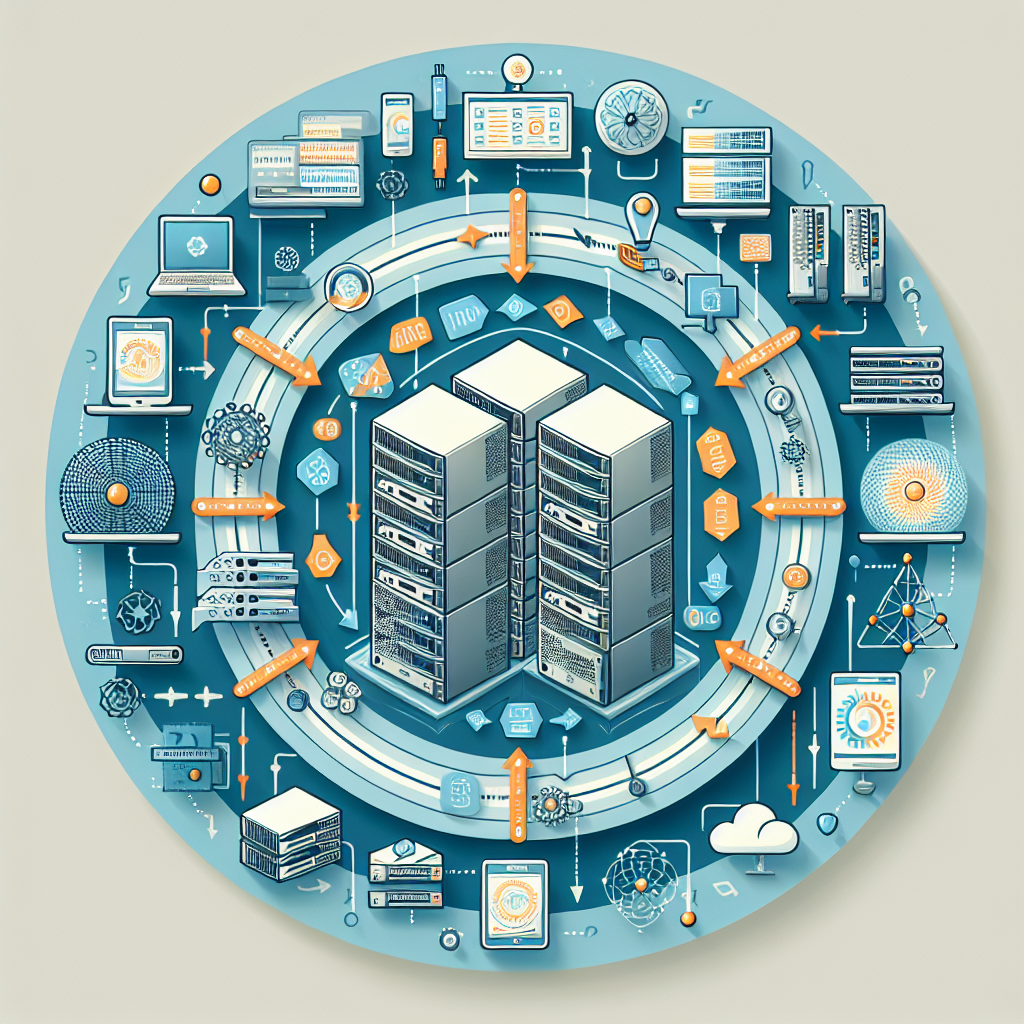Your cart is currently empty!
Future-proofing Your Data Center: The Role of Lifecycle Management in Technology Upgrades

In today’s rapidly evolving technological landscape, data centers play a crucial role in ensuring the smooth operation of businesses and organizations. As technology continues to advance at a rapid pace, it is essential for data centers to stay ahead of the curve and future-proof their infrastructure to meet the demands of tomorrow.
One key aspect of future-proofing a data center is through effective lifecycle management. Lifecycle management involves the planning, implementation, and maintenance of technology upgrades to ensure that data center infrastructure remains efficient, secure, and reliable over time.
Technology upgrades are essential for keeping a data center up to date with the latest advancements in hardware and software. By regularly upgrading servers, storage devices, networking equipment, and other components, data centers can enhance performance, reduce downtime, and improve overall operational efficiency.
However, managing technology upgrades in a data center can be a complex and challenging task. It requires careful planning, coordination, and execution to minimize disruptions and ensure a smooth transition to new hardware and software. This is where lifecycle management plays a crucial role.
Lifecycle management involves a systematic approach to planning, implementing, and maintaining technology upgrades in a data center. It starts with assessing the current infrastructure and identifying areas that need improvement or upgrading. This includes evaluating the performance, capacity, and security of existing hardware and software, as well as identifying potential bottlenecks or vulnerabilities that need to be addressed.
Once the assessment is complete, a detailed upgrade plan is developed, outlining the specific hardware and software upgrades that need to be implemented. This plan includes a timeline for each upgrade, as well as a budget and resource allocation for the project. It also includes a risk assessment to identify potential challenges or obstacles that could affect the success of the upgrade.
During the implementation phase, data center managers work closely with IT teams and vendors to install and configure new hardware and software. This involves testing and validating the new components to ensure they meet performance and security requirements. It also involves training staff on how to use and manage the new technology effectively.
After the upgrades are complete, lifecycle management involves ongoing monitoring and maintenance to ensure that the data center infrastructure remains secure, efficient, and reliable. This includes regular performance monitoring, security audits, and software updates to address vulnerabilities and ensure compliance with industry standards and regulations.
In conclusion, future-proofing a data center requires a proactive approach to lifecycle management. By effectively planning, implementing, and maintaining technology upgrades, data centers can stay ahead of the curve and ensure that their infrastructure remains efficient, secure, and reliable in the face of rapid technological advancements. By investing in lifecycle management, data center managers can position their organizations for long-term success in an increasingly digital world.

Leave a Reply